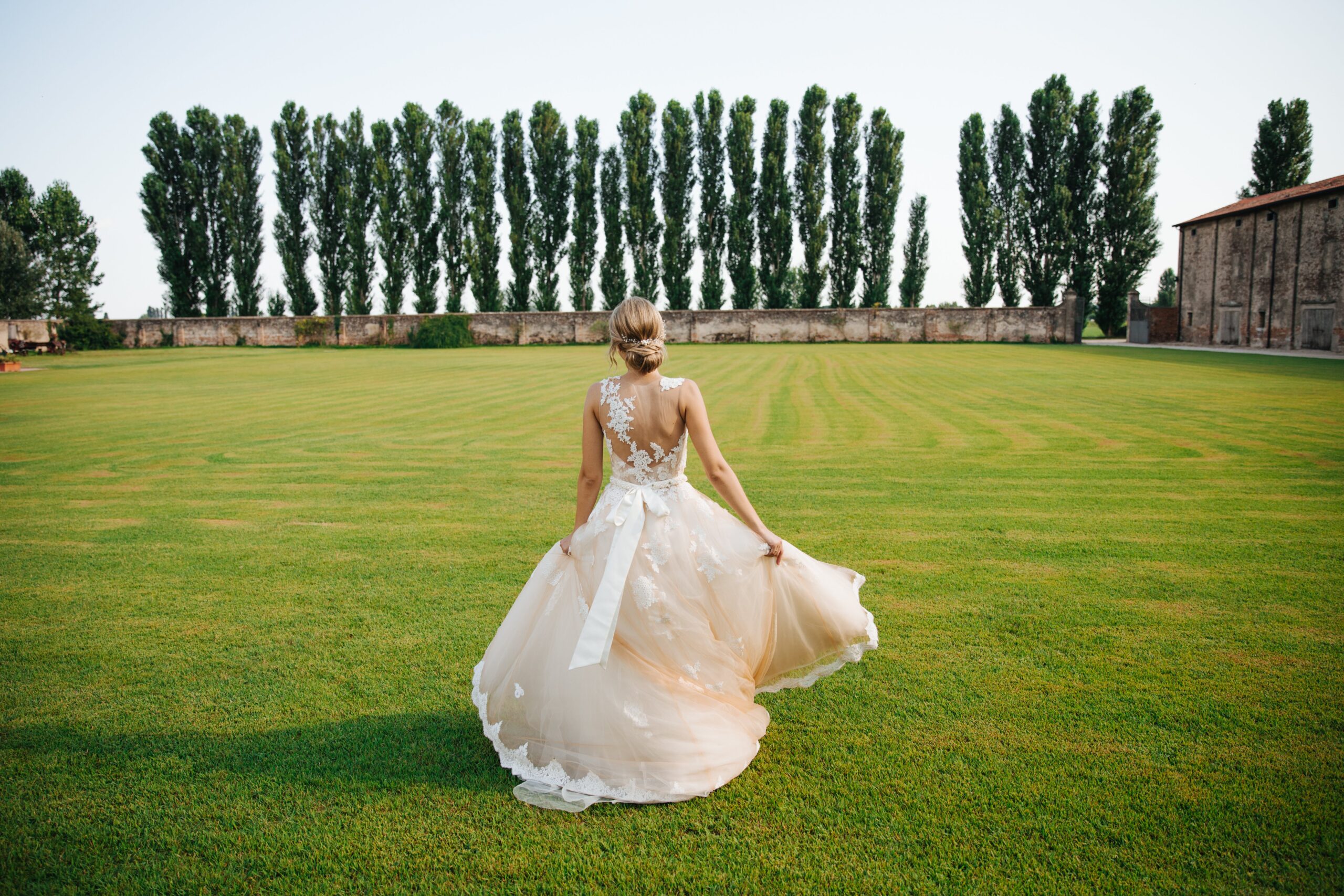What is Mehndi?
Mehndi designs are a form of body art which originated in Ancient India. It is created from the powdered dry leaves of the henna plant and is often applied to the hands and feet before big events such as weddings.
Significance of Mehndi
Mehndi signifies the bond of matrimony in South Asian culture, as well as the love and affection between the couple and their families. Apart from this, mehndi is also shown to have a cooling effect that aids in stress relief. Therefore, it is applied to brides before the wedding in order to alleviate some of the stress that she may be facing. It also protects the bride from any viral diseases before the wedding. Traditional Indian bridal Mehndi designs regularly feature intricate patterns that include paisleys, flowers, peacocks, and symbolic motifs. These designs symbolize love, happiness, and the bond between the bride and groom.
North Indian Versus South Indian Bridal Mehndi Designs
In North India, mehndi are drawn on the hands and feet and henna leaves are usually dried and ground into a powder, which is later mixed into a paste. It is mostly used for special occasions such as weddings. However, in South India, mehndi is known as “Marudhaani” and is used in the form of ground fresh leaves rather than as dried powder. As a result, it stays on the skin longer than traditional North Indian mehndi. In South India, mehndi is used in various festivals and celebrations, although the designs are not as intricate and detailed as North Indian mehndi

Different Types of Mehndi Designs
There are many different types of mehndi each type originating from different parts of the world. First, let us take a look at Indian Mehndi . These are elaborate yet condensed at the same time. It is characterized by the very fine detail and the meaning behind the design. Indian mehndi are inspired by Earth, nature, and emotions. In Indian wedding mehndi birds and animals, the sun, and bride and groom figures are often featured.
The next type of mehndi design is the Arabic design. These are more spread out than their Indian counterparts and feature cashew patterns and a lot of shading. This type of design is used in more casual settings, such as every day mehndi patterns, and is popular among young women.
Many brides also include hidden messages or initials of the groom's name within the Mehndi for fun and intrigue.
Some brides choose to have a portrait of the bride and groom incorporated into their Mehndi adding a personal touch to the art.

The last type of Mehnd is the Pakistani design. Since they come from the same region, there are many similarities between Indian and Pakistani designs. Unlike the Indian designs, the Pakistani designs do not feature traditional Hindu elements such as the bride and groom and are instead replaced by domes, flowers, and leaf like patterns. Like its Indian counterpart, Pakistani mehndi designs feature mandala patterns, but not as frequently. Pakistani bridal Mehndi are known for their bold and elaborate patterns. They may include Arabic calligraphy, geometric shapes, and floral patterns. These designs can cover a larger area of the hands and feet and are known for their detailed beauty.

Bridal Mehndi not only enhance the beauty of the bride but also serve as a form of self-expression and cultural celebration. The application of Mehndi is also believed to bring blessings and good luck to the bride for her married life. The process of applying Mehndi is a social and joyful occasion, often involving family and friends who gather to celebrate the upcoming wedding.











